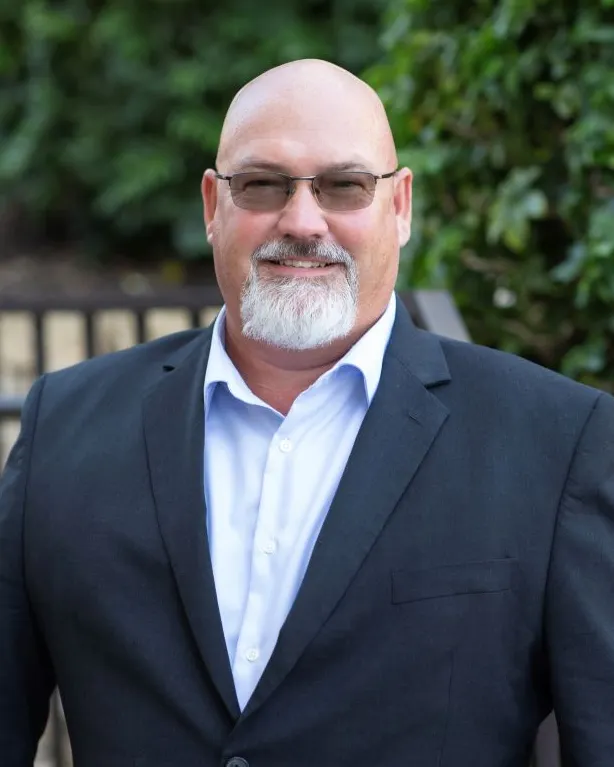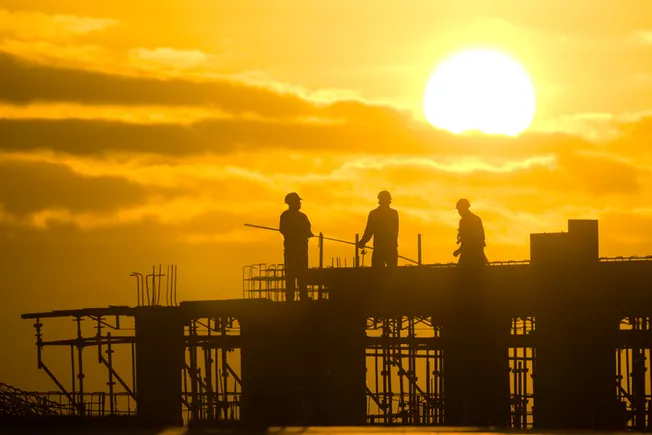As summer kicks off, contractors throughout the U.S. are turning their attention to keeping workers cool during the year’s hottest days.
Dehydration, heat exhaustion and heat stroke are silent threats for outdoor workers, and projects in places like Florida and California have already faced stifling weather conditions this year. Heat indices were expected to jump to 105 degrees this week in Orlando, Florida, according to Fox 35, and a heat wave in Southern California prompted an advisory in Los Angeles while sparking wildfire concerns, the Los Angeles Times reported.
For Bonita Springs, Florida-based Curran Young Construction, safety managers are accustomed to dealing with sweltering summers, according to Tom Younger, general superintendent.
Here, Construction Dive talks with Younger about adjusting to hot weather, tips for battling high temperatures and how to select the right PPE.
This interview has been edited for brevity and clarity.
CONSTRUCTION DIVE: What types of precautions do you take to keep workers safe during the hottest summer days?

Tom Younger
Permission granted by Curran Young Construction
TOM YOUNGER: At CYC, we follow strict heat safety protocols, especially in the peak summer months. This includes mandatory water breaks every 15 to 20 minutes with electrolyte drinks encouraged for extended shifts.
We also provide shaded recovery areas and enforce 10- to 15-minute rest breaks every hour. Cooling stations with fans, misting systems and portable AC are set up on site, and supervisors actively monitor weather conditions and worker hydration, especially for newer team members.
Why is acclimatization so important and how do you facilitate that?
Acclimatization is critical because most heat-related incidents happen in the first few days on the job. The body needs time to build up tolerance to high temperatures. That means that gradual exposure is not optional, it’s essential.
We start new or returning workers with just 20% of a normal workload and gradually increase it over seven to 14 days. They’re given extra breaks, paired with experienced “heat buddies” and closely supervised for signs of heat stress like dizziness or fatigue.
What types of PPE are best for hot weather?
For hot weather, we use light-colored, loose-fitting and breathable clothing — ideally moisture-wicking shirts. Ventilated hard hats and gloves help reduce heat retention.
On extreme heat days, we provide cooling vests and bandanas. When it’s safe to do so, workers are rotated out of heavy PPE during low-risk tasks to minimize heat buildup.
Do you shift your working hours during the summer?
Yes, we adjust our schedules to avoid peak heat hours, typically between 12 p.m. and 4 p.m. The heaviest labor is scheduled for early morning or late afternoon whenever possible. This helps reduce heat exposure and keeps productivity high without compromising safety.
What else do you think construction pros should know about this important issue?
Heat safety isn’t just about staying cool, it’s about saving lives. Every crew should have a clear emergency response plan, including how to identify heat exhaustion versus heat stroke and when to call 911.
Ongoing training, proactive supervision and a strong culture of safety communication can make all the difference.
View the original article and our Inspiration here


Leave a Reply